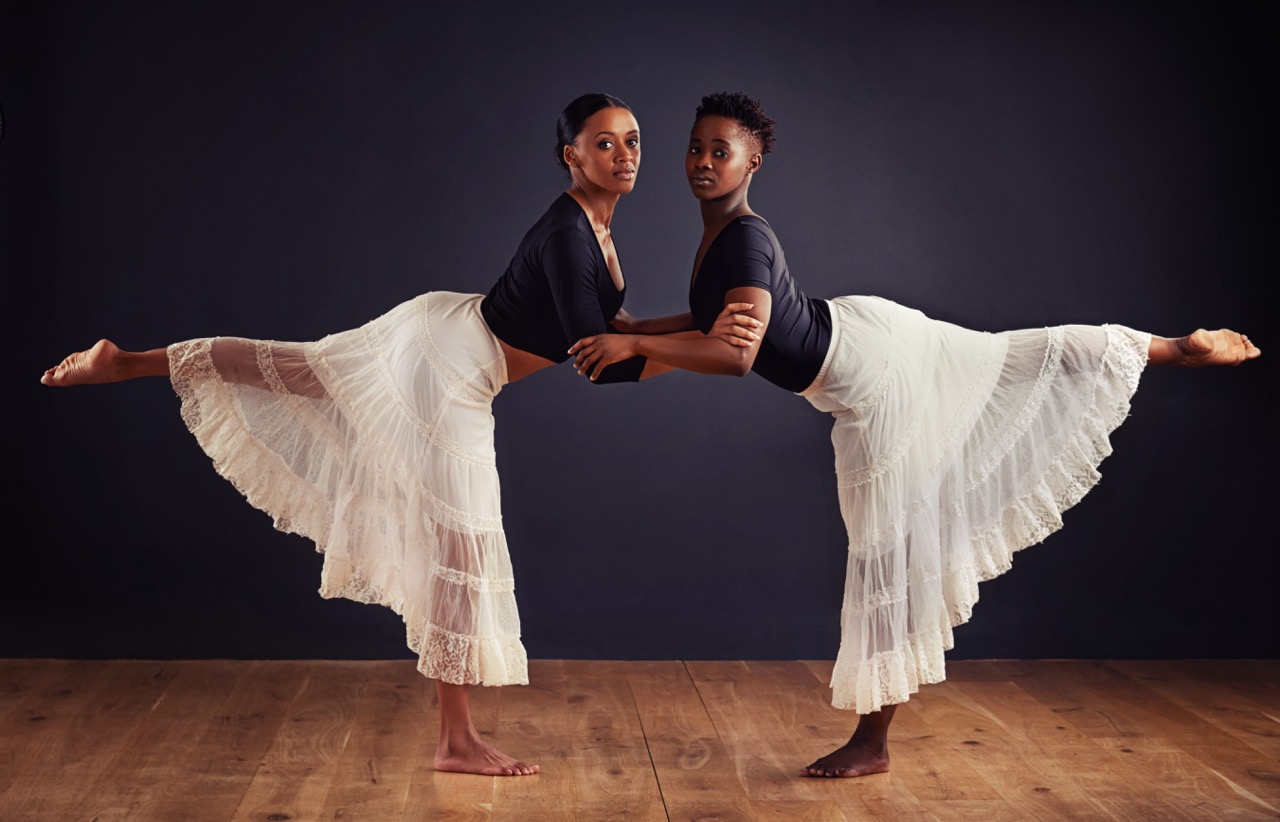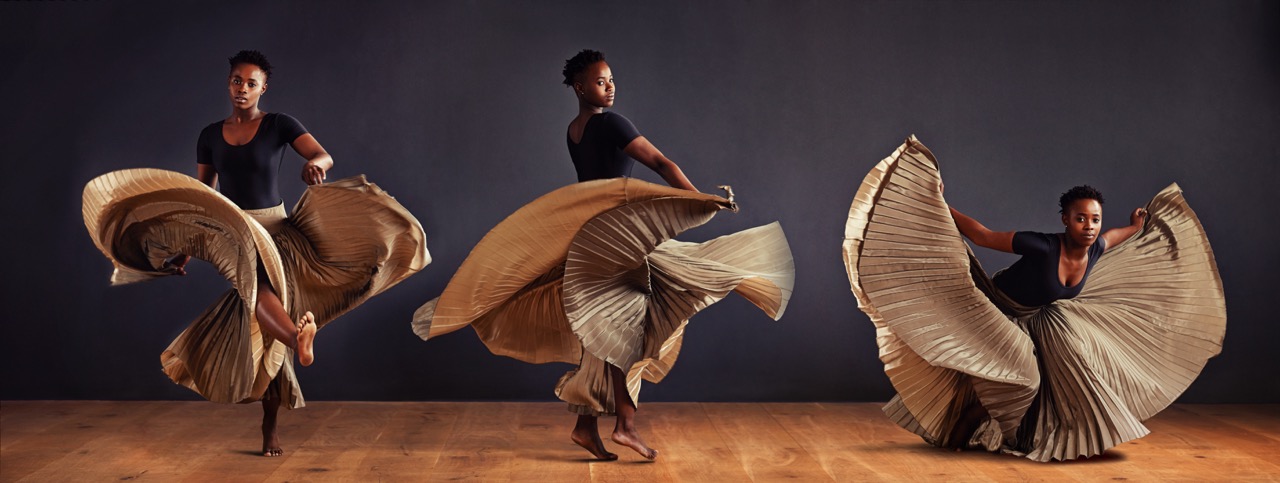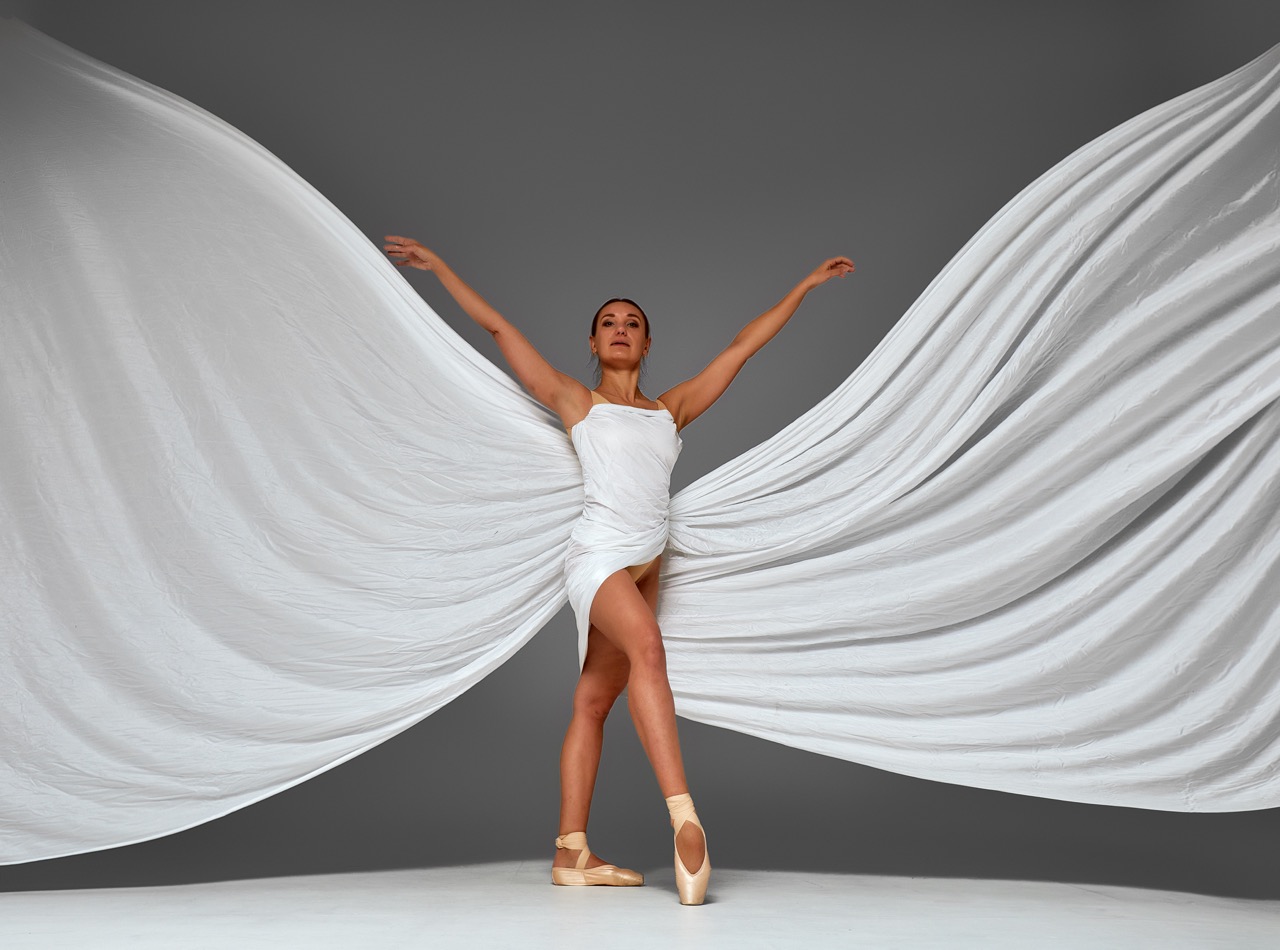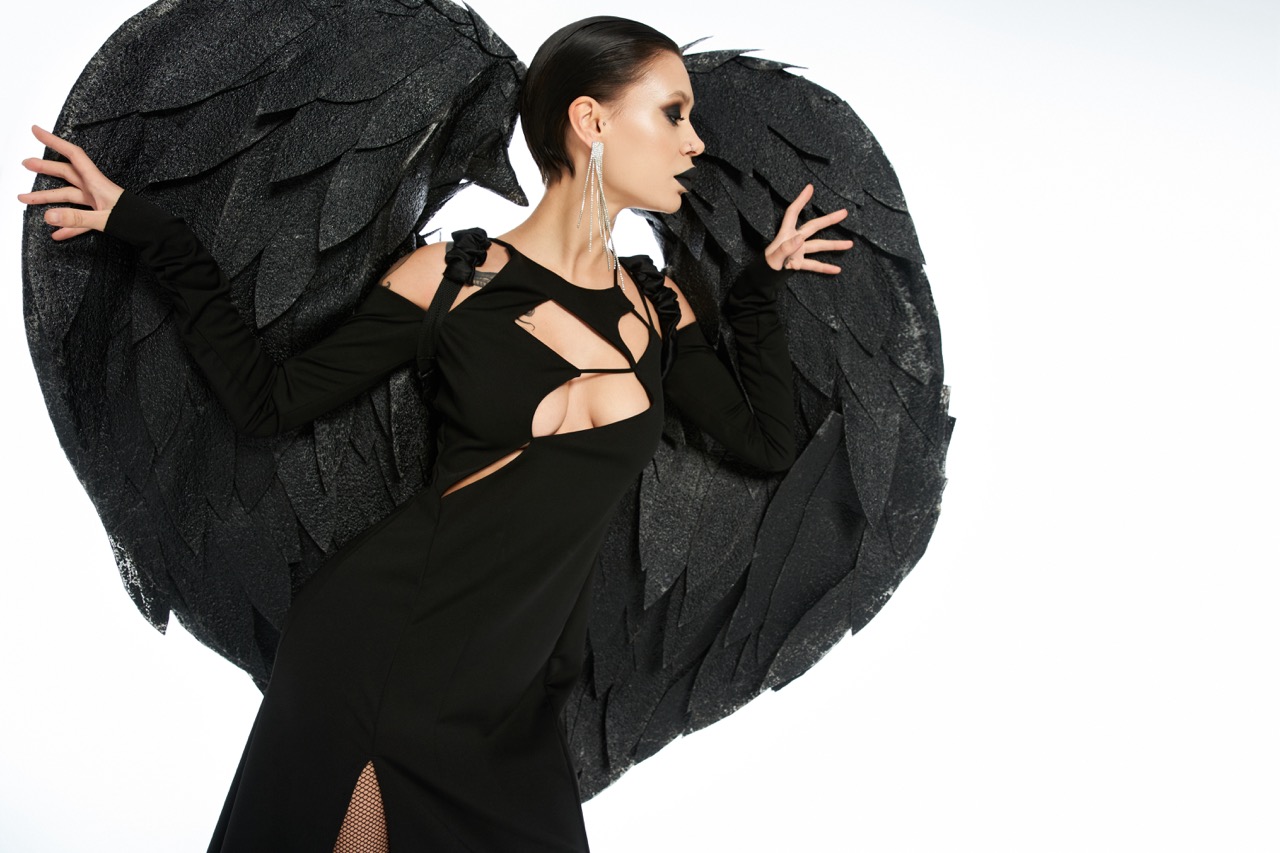In the world of performing arts, dance has always occupied a paramount place, celebrated for its artistic expression, emotional resonance, and cultural significance. Yet, in recent decades, this ancient form of movement has undergone a transformation, evolving into a competitive sport that captivates audiences worldwide. This article delves into the fascinating journey of dance as it emerges from the realm of art into the competitive arena, examining the technical intricacies, judging criteria, and the future trends shaping this dynamic field. Join us as we explore the multifaceted nature of dance sport and its impact on dancers, audiences, and the broader landscape of athletic competition.
The Evolution of Dance: From Art to Competitive Arena
Dance has long been revered as a form of artistic expression, with roots tracing back to ancient civilizations where it served as a medium for storytelling and cultural ritual. Over time, dance evolved through the influences of various cultures, ultimately giving rise to diverse styles ranging from ballet to hip-hop. However, as the 20th century unfolded, the rise of televised competitions and dance reality shows catalyzed a shift in perception. The artistry inherent in dance began to be recognized not only for its beauty but also for its potential as a competitive sport.
In the 1980s, dance sport formally emerged as a distinct category, marked by the establishment of organizations like the International Dance Sport Federation (IDSF). This transition involved the codification of dance styles, such as ballroom, Latin, and contemporary, into standardized formats suitable for competition. The inclusion of dance in prestigious global events, including the World Games and the Youth Olympic Games, solidified dance sport’s reputation as a legitimate athletic pursuit, attracting a new generation of dancers eager to hone their skills within a competitive framework.
The competitive dance scene now boasts a plethora of events, from local competitions to international championships. Participants train rigorously, often dedicating years to perfecting their craft and mastering intricate choreography. This evolution from artistic expression to competitive prowess has not only elevated the skill level of dancers but also created a new appreciation for the discipline and commitment required to excel in this vibrant arena.
Techniques That Transform: The Mechanics of Dance Sport
At the heart of dance sport lies an intricate tapestry of techniques that differentiate it from traditional dance. Dancers must possess not only artistic flair but also a high level of athleticism, agility, and technical proficiency. Fundamental techniques such as posture, footwork, and timing are paramount, as they form the foundation of various dance styles. Mastery of these techniques allows dancers to execute complex movements seamlessly, enhancing both their performance and their scores in competitions.
The mechanics of dance sport also emphasize partnership dynamics, particularly in partner dances like ballroom and Latin. Understanding lead and follow principles is crucial, as the interaction between partners must be fluid and harmonious. This requires not just individual skill but a deep sense of connection and communication between dancers. Practicing together enables couples to develop an intuitive understanding of each other’s movements, allowing them to enhance their performance through synchronized execution and emotional expression.
Moreover, the incorporation of technology in training has revolutionized the way dancers prepare for competitions. With tools such as video analysis, wearable motion sensors, and virtual coaching, dancers can identify areas for improvement with unprecedented precision. These technological advancements not only streamline training regimens but also offer insights into biomechanics, enabling dancers to refine their techniques to optimize performance and minimize the risk of injury.
Judging the Moves: The Criteria Behind Competitive Dance
Judging in dance sport is a nuanced process, reflecting a blend of technical precision and artistic interpretation. Competitions typically employ a panel of adjudicators, each responsible for evaluating specific aspects of a performance. Judges assess various criteria, including technique, choreography, timing, and overall presentation. Each category carries a weight, contributing to a dancer’s overall score, which can ultimately influence their placement in the competition.
Technical proficiency is foundational, as it encompasses elements such as footwork accuracy, body alignment, and rhythm. Judges look for clarity in movements, ensuring that dancers meet the established standards for their respective styles. Artistic expression and performance quality are equally critical, as they reveal a dancer’s ability to connect with the audience and convey the intended emotion behind the choreography. This delicate balance between technical skill and artistic interpretation makes dance sport a unique and complex arena.
Furthermore, subjective elements, such as charisma and stage presence, also play a vital role in the judging process. Dancers who can command the stage and engage the audience are often rewarded with higher scores, highlighting the importance of performance beyond mere technique. The judges’ role is, therefore, a challenging one, relying on their expertise and intuition to ensure that the essence of dance sport—its fusion of art and athleticism—is celebrated and upheld.
The Future of Dance Sport: Trends and Innovations Ahead
As dance sport continues to gain traction worldwide, the future promises exciting developments that could further elevate the discipline. One notable trend is the increasing inclusivity of dance sport, with emerging categories for various age groups, skill levels, and physical abilities. Organizations are making strides to ensure that individuals of all backgrounds can participate, fostering a more diverse community that reflects the rich tapestry of dance culture.
Additionally, the integration of technology in training and performance is expected to expand. Virtual competitions, once a necessity during the pandemic, are likely to remain a viable option, allowing dancers to showcase their skills on a global stage without geographical constraints. The use of augmented reality (AR) and virtual reality (VR) in dance training could also enhance the learning experience, offering immersive environments where dancers can practice techniques, visualize choreography, and interact with advanced coaching tools.
Moreover, the fusion of dance sport with other athletic disciplines is on the horizon, as collaborations between dancers and athletes from various sports create innovative training methodologies and performance aesthetics. This cross-pollination of ideas promises to enrich the dance sport experience, paving the way for new styles and choreographic possibilities. As we look ahead, the world of dance sport is poised for growth and transformation, reflecting the dynamic interplay between tradition and innovation.
Dance’s evolution into a competitive sport has opened up new avenues for expression, athleticism, and community engagement. From its artistic roots to the precision of competition, dance sport embodies a unique blend of creativity and discipline that continues to inspire countless individuals. As we navigate the future, the trends and innovations on the horizon promise to further enrich this captivating arena, ensuring that dance remains a vital and dynamic force in both the sporting world and the broader cultural landscape. Whether on stage or in competition, the power of dance endures, resonating with audiences and participants alike.










